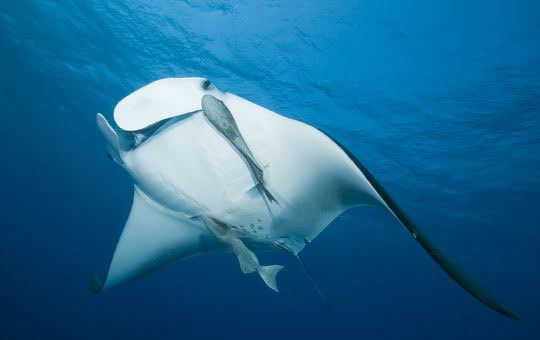 Excluded
Excluded
- Flights
- Rental Equipment
- Alcoholic beverages
- Visa
- Crew Gratuities


The most famous wreck in the Red Sea: The “Thistlegorm”, the Greek cargo ship “Giannis D, the steamship “Carnatic”, a steam and sail-powered vessel the “Dunraven”, the cargo of a Cypriot freighter “Jolanda”
The Gordon Reef : a variety of shark species, huge moray eels, triggerfish, surgeons, jacks, parrotfish, small wrasse. large Napoleons
The Thomas Reef: stony coral forms, Lyretail cod and other groupers, rabbitfish and wrasse, pufferfish
The Woodhouse Reef and the Jackson Reef,
The Thistlegorm, on the west coast of the Sinai Peninsula and 40 km from Sharm El Sheikh, is the best known and most popular wreck dive in the Red Sea. The 125m long British army freighter sank after just 18 months of her launch in April 1940. Her last voyage commenced on the 2nd of June 1941 as she sailed to Alexandria and was loaded with wartime supplies during World War II. A long list of inventory includes tanks, aircraft, armored vehicles, Jeeps and Bedford trucks.In spite of being privately owned and operated, the HMS Thistlegorm was nevertheless fitted with a 4" anti-aircraft gun and a heavy caliber machine gun when she was drafted for war dutyBut it was never to be. In the early hours of 6th October 1941 the Thistlegorm was split in 2 and sank almost instantly after being hit by 2 bombs from a German long range bomber. The hit only blew a hole in the port side of Hold no. 5 but then cargo tank ammunition ignited, causing the bulk of the damage.
The marine park Ras Mohammed offers dreamlike diving spots. For example Shark Reef and Jolanda Reef. Both reefs are standing on a plateau, which is 20 m deep. The edges of the plateau fall down to more than 200 m. At the reef you will find nice softcorals, fish are plentiful. With luck you can see sharks during your early morning dive. At Jolanda Reef you can see the cargo of a Cypriot freighter “Jolanda” which ran aground in 1980: a large quantity of household toilets!
The “Dunraven”, a steam and sail-powered vessel used to transport spices and timber, ran aground the reef Shaab Machmud in March 1876 during a voyage from Bombay to Newcastle and sank quickly. The ship broke in two, and her two halves came to rest on the sea floor. The wreck lies upside down with the stern at a depth of 28 m and the bow at 18 m. At the stern you find the propeller and the rudder, which are overgrown with corals. Inside the wreck you see thousands of glassfish.
The ship is lying on the bottom in roughly three separate sections parallel to the reef, with the crumpled bow lying at 10 meters, the cargo area amidships being a jumble of steel and remains of the cargo, and the aft section with an intact A-frame located forward of the superstructure. The wreck is populated with numerous varieties of aquatic life with glassfish, scorpionfish, wrasse, the occassional napoleon, crocodile fish, and blue-spotted stingrays along the bottom. This is really a fun wreck dive for divers of all certification levels.
It includes some plateau sections and a very deep canyon running along the reef’s southern section. It is the smallest of the four Tiran reefs. The reef’s upper section is a riot of color, encompassing some of the finest soft coral growth in the Sinai region.

